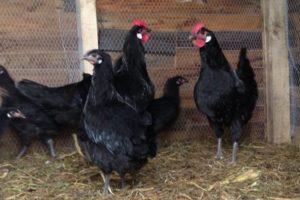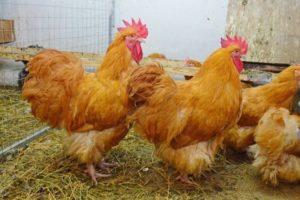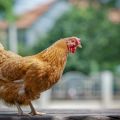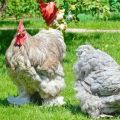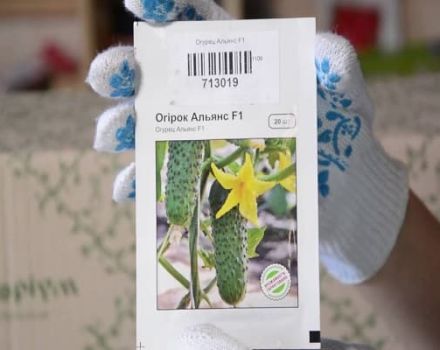Description and characteristics of Coral chickens, breeding rules
For Russian poultry farmers, the Coral chicken breed, which is described below, has recently become known. Corals are German-bred layers. They are characterized by high egg production and unpretentiousness, they tolerate cold well, they adapt to new living conditions quite quickly. They have a healthy heredity and retain the positive characteristics of the breed during reproduction.
Description and characteristics of the Coral breed
The Coral breed of crosses began to be bred in Russia, having purchased genetic material from Germany. Local individuals are no different from German ones. Eggs have an unusual color - pale brown, with a pinkish tint.
Appearance of chickens
Chicken Coral has a white color with black spots, for which it received the name "Dalmatian". Outwardly, these are neat medium-sized laying hens. The weight of the female is about 2 kilograms, the male is 3-3.5.
Character
Coral chickens have a calm and balanced character. It easily takes root in a new flock, accepts newcomers in a chicken coop without hostility. Corals are flyers and can fly over high fences. This should be taken into account when constructing an aviary. The bird does well in cage and free-range rearing.
Incubation instinct
For Coral, this is not relevant, they do not like to incubate eggs, they use an incubator for reproduction.

Productivity
Productivity depends on the maturity of the layer. Chicken Coral at the age of one and a half years lays eggs weighing within 63 grams, in two-year-olds - 64, after three years this figure increases to 65 grams. The annual clutch is 340 eggs.
Breed advantages and disadvantages
The advantages of Coral chickens include such moments:
- calm character;
- the need for a small amount of feed;
- high egg production;
- endurance.
Previously, the disadvantage of the Coral breed was its foreign origin. The high price, the problem of finding a real representative of the breed made it inaccessible for poultry farmers. With the beginning of Coral breeding in Russia, this drawback was eliminated.
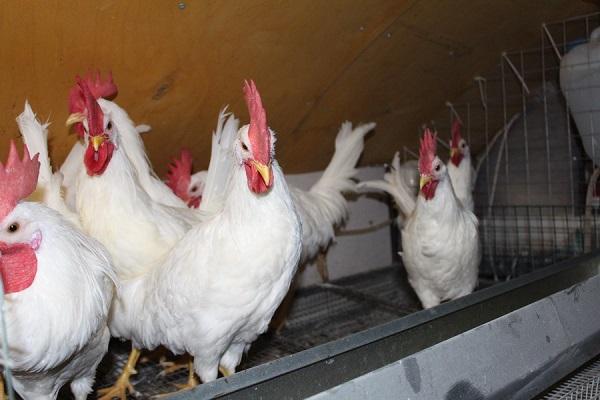
Content specifics
Corals do not require any special care. They can be kept in cages, aviaries, corrals. With free placement, you need to arrange a mesh roof so that the bird does not fly out, it can take off to a height of 2 meters.
When raising chickens in a cage, they need less feed as they consume fewer calories.
House requirements
Whatever method of keeping Corals, they need an enclosed space to spend the night, a nook to lay their eggs. In winter, the bird needs a warm house, protected from cold, wind and rain. The optimum winter temperature in the hen house is plus 12-14 degrees, humidity is not more than 70%.
The sanitary condition of the house is important. A litter is laid out on the floor and changed as it gets dirty. It will be necessary to treat wooden walls and floors with disinfectants from diseases and parasites. In winter, additional artificial lighting is installed.

Important. To get eggs in winter, install LED lamps in the hen house, creating a daylight hours of at least 12 hours.
Walking yard, drinkers and feeders
For the comfortable existence of Coral, it is necessary to equip a place for walking. When moving, the chicken becomes more active, there is no accumulation of fat in the body, and egg production increases. It bites pebbles and other minerals, which contributes to the strength of the eggshell.
It is important to decide on a sufficient number of drinkers and feeders. You can use this rule:
- The length of the drinker is equal to the number of chicken heads multiplied by 2 centimeters.
- For a feeder, each head needs 10 centimeters.
One feeder should be designed for no more than 10 individuals.

Forced molt
This procedure is performed to increase the duration of the egg production period. It is most often carried out in winter. For the appearance of molting, the bird is given special preparations. It:
- Thyroidin;
- Progesterone;
- Thyroxine.
They are added to the feed, the amount is indicated in the attached instructions.
The process of dropping a feather is accompanied by the loss of protein and other substances it needs. To replenish them, vitamins and trace elements are added to the feed for chickens, iodine and manganese are added to the water, this stimulates the formation of new plumage.
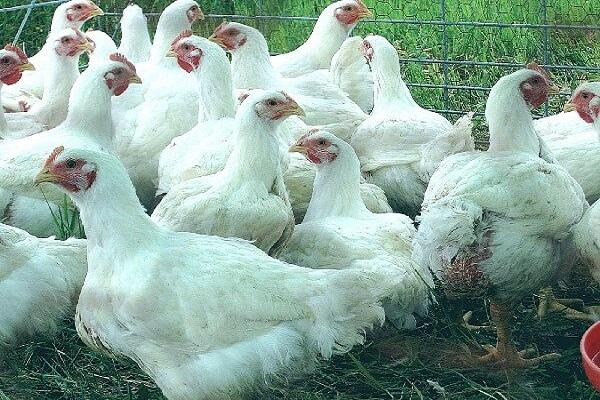
Planned herd replacement
Corals reach sexual maturity at 4.5 months, at which time egg-laying begins. Productivity peaks by the age of one and a half years. By the age of three, the productivity of chickens decreases, there is a need to change the bird flock. This should be taken care of in advance so as not to be left without eggs.
Foods suitable for feeding
The Coral breed prefers dry food. The best are mixtures containing grains of various cereals, the addition of fresh vegetables, a small amount of fish, meat and cottage cheese are required.
Be sure to have clean water in the drinking bowl.
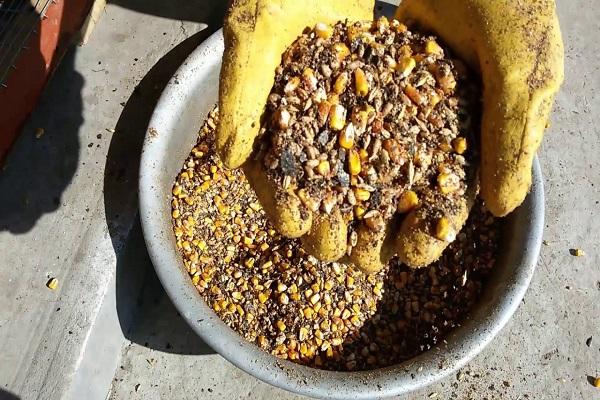
For chickens
Chickens of the Coral breed begin to feed from the first hours of life every 2 hours around the clock. They give boiled water and chopped steamed barley and corn grits, mashed boiled egg yolk, cottage cheese.
For 4-5 days add milk, vegetables, fish oil, small stones. It is permissible to use a special compound feed for chickens. At the age of two weeks, they are transferred to the normal diet of layers, while the grain feed must be crushed.
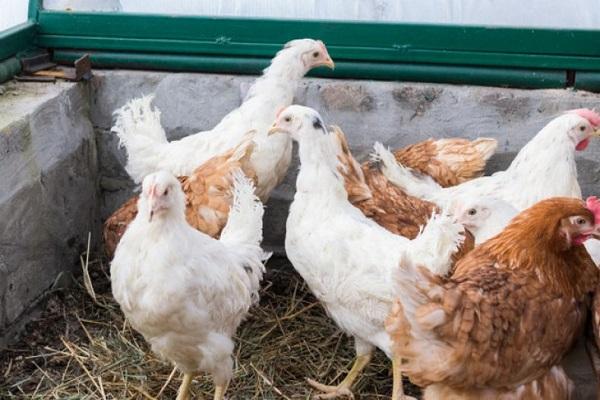
For adults
When feeding adult chickens, the method of keeping them should be considered. If the chicken lives in the cage all the time, you need to limit the amount of calories consumed - no more than 280 per day. A bird raised in an aviary needs a minimum of 350 calories. The daily feed rate for Coral is 100 grams of grain composition.
Mix composition:
- wheat;
- oats;
- barley;
- crushed corn and small quantities.
For good productivity, the corals are fed three times a day. The first feeding is done early in the morning.
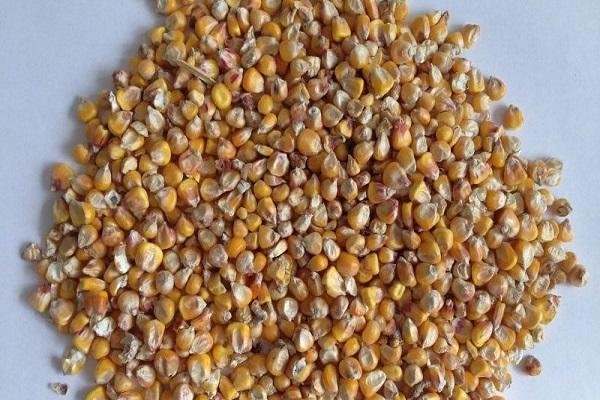
Breeding features
The Coral breed is hybrid, so chicks obtained from their own eggs may not inherit the characteristics of their parents. In addition, they are bad hens and rarely hatch eggs. To get a true Coral breed, it is better to buy chickens or young layers from the producer.
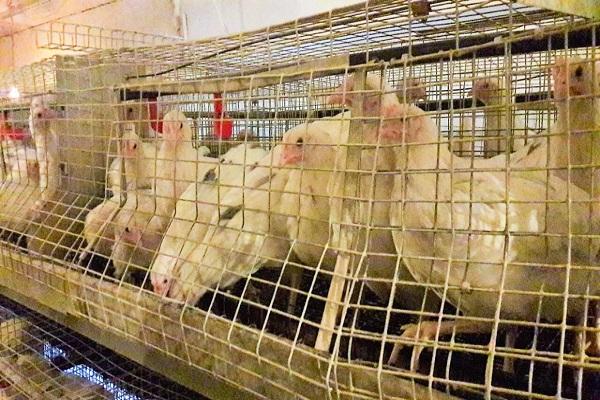
Possible diseases and methods of dealing with them
Among the diseases to which Coral chickens are susceptible, the most common are:
| Disease | Signs | Treatment |
| Chicken pox. Viral disease. It is transmitted by contact with a sick individual, the use of contaminated feed. | Small ulcers appear on the body. Eyes and internal organs are affected. | External damage is smeared with brilliant green or furacilin. The drugs Tetracycline, Synthomycin are added to the feed within a week. If treatment does not help, sick chickens are disposed of. |
| Salmonellosis. The causative agents are an intestinal strain of Salmonella. Infection occurs with food and water. | Loose, foamy frequent stools, lethargic state of the chicken. Eggs and poultry meat are contaminated. Dangerous to humans. | Isolation of sick individuals. Furazolidone, Streptomycin are added to the water. The chicken coop room is treated with disinfectants. |
| Pullorosis. Infectious disease. It is transmitted by airborne droplets. | Lethargy, lack of appetite, rapid breathing. The ridge turns pale and sags. | Taking antibiotics with food or water. Isolation of sick birds. Sanitary treatment of the poultry house. |
| Pseudo-plague. | Affects the nervous and respiratory system. The chicken is breathing heavily, loses coordination, falls. | No cure is possible. Sick individuals are destroyed. Sanitization is done in the chicken coop. |
An important point is the prevention of infectious diseases of chickens. To do this, you should buy poultry from a trusted manufacturer, the same applies to feed. New specimens are to be quarantined to assess their condition. Keep poultry areas clean, periodically treat them with disinfectants.
